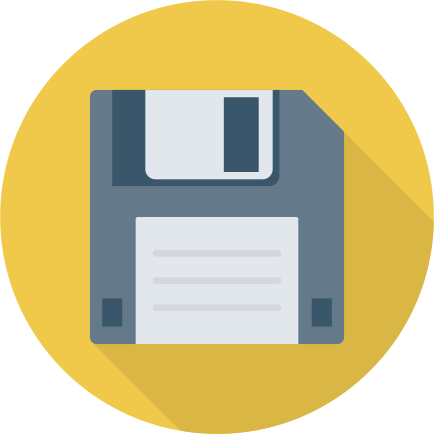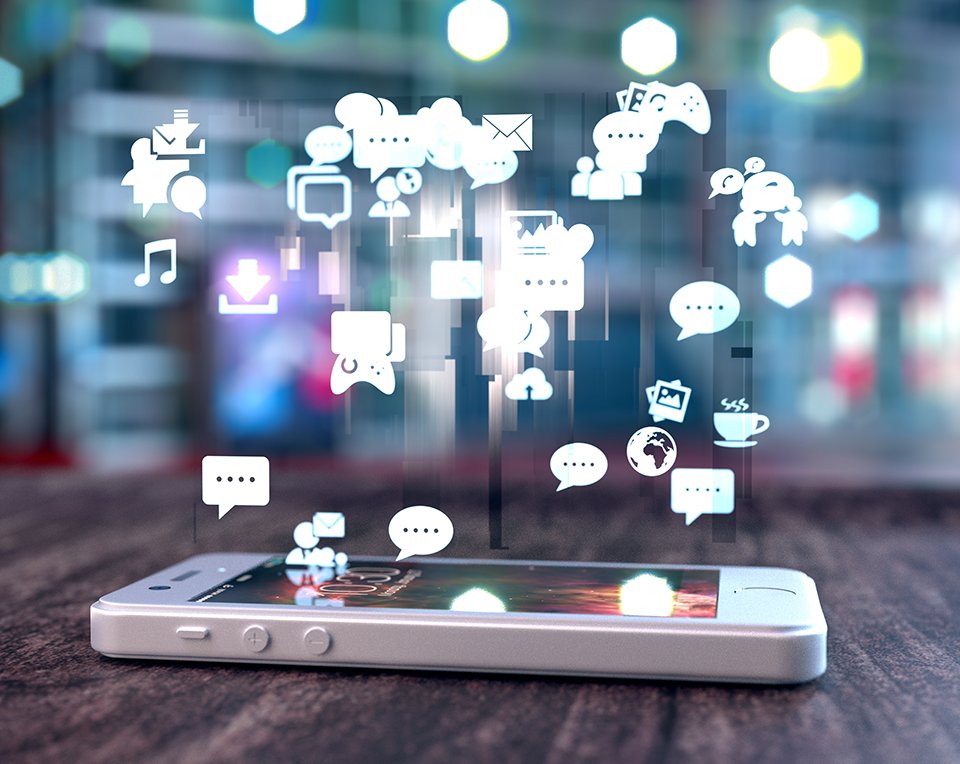TECHNOLOGY
THE EVOLUTION OF TECHNOLOGY: PAST, PRESENT AND FUTURE
Technology runs our lives these days. Smartphones, tablets and computers – we really can’t seem to function without them. In a very short amount of time, technology has exploded in the market and now, many people cannot imagine a life without it.
To understand how we left the dark ages (which really wasn’t all that long ago) to where we are today, it is important to understand how technology evolves and why it matters.
PURPOSE DRIVES TECHNOLOGY FORWARD
All technologies are born out of purpose. For example, search engines were created to sort through the massive amounts of data online. With each new upgrade technology compounds existing technologies to create something better than what was previously used before. And on and on it goes.
With the lightning speed of technological evolution, it is no wonder many people have struggled to keep up. To be fair, the scope of technology’s expanse is so great, wrapping everything up into a single blog post is practically impossible.
Here is just a brief glimpse into how rapidly the Internet and technology as a whole have evolved in recent years.
THE PAST: WORLD, MEET THE INTERNET
Looking back to the 1990s, the Internet was a new commodity many, but not all, households and businesses began to gain access. For people living during that time, the sound of the painfully slow dial up signal connecting to the Internet is a not-so-fond memory (EEEE-AAAAAHH!!!!).
Thankfully, as more people found value on the Internet, technology took off to eliminate having to use a phone line to go online and instead delivered faster connections to the World Wide Web.

WEBSITES AND BLOGGING ARE BORN
Websites advanced along with the internet. Suddenly, everyone had a Geocities or Tripod website dedicated to themselves. Just in infancy, websites were basic in both function and design. This is also the time when the blogging craze started to set in on the consumer level with the introduction of “weblogs” (later condensed to “blogs”). Remember Xanga? If only we knew then what we know now.

FLOPPY DISCS AKA THE REAL-LIFE SAVE-BUTTON ICON
A few years later, sharing information gradually started to become easier. Instead of handing over a floppy disc or CD-ROM, people began emailing documents or storing large files on USB sticks or flash drives.
As new technologies started to pop-up, each technology would compound and build to form a better, faster and stronger piece of technology. With this speedy development, the Internet changed the way people live, work and operate today.
THE PRESENT: SNAPS, CHATS AND DOUBLE TAPS
Fast-forward a short decade later (side note: remember VHS tapes!? The OG fast-forward? OK, moving on…).
Since the days of dial-up, access to the Internet is available almost everywhere. It is rare these days for consumers to go into a coffee shop, library or any place of business and not be able to access a Wi-Fi signal. If there isn’t a Wi-Fi signal in close range, most people still have access to the Internet via their cellular data connection on their smartphones and personal hotspots, no problem.
THERE’S AN APP FOR THAT
With this anywhere/anytime access to the Internet, businesses created web applications to answer common needs of consumers. These applications can do everything from tracking food portions to sending massive amounts of information in a click of a button.

THE EVOLUTION AND REVOLUTION OF COMMUNICATION
How we communicate continued to evolve as well. Remember face-to-face conversations? Hand-written letters? Waiting by the phone – the kind with the cord? Technology perpetually reshapes our communication. Perhaps the most noticeable difference in the Internet today is the ability to be personable in such an impersonal setting. Constant connection seems to be the name of the game. And along with connection, we see instant availability. Bluetooth connections, talk-to-text, every form of messaging apps – while you’re driving, in meetings, at home. Connection. Everywhere.
329666666666666
ReplyDelete